Second-cut silage
Second-cut silage crops are only just becoming established on most farms, as the majority of main-crop silage was cut the end of May and early June. High temperatures and lack of precipitation will cause many grass varieties to be under stress. Some farmers are considering grazing crops over the coming week.
When grass becomes stressed it immediately goes into its reproductive stage and heads out. Once that happens feeding quality declines. Farmers are advised to walk silage crops regularly, if grass appears to be heading out a decision must be made either to cut now and have good-quality feed, or to allow the crop to head out and have a bulkier crop of poorer quality.
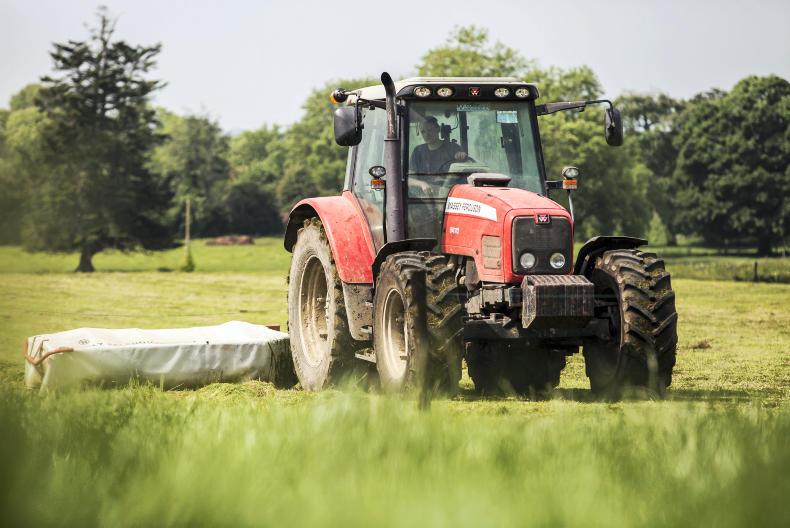
Topping may need to be delayed in current weather conditions as it will hinder sward recovery.
Farmers must be careful not to cut grass with excessive levels of nitrogen. According to research conducted by Teagasc, a crop of grass silage will take up on average 2.5kg/ha/day of N (two units/day), but this depends on growth rates.
A simple method to calculate N in the grass after fertilising is: N units applied – (number of days since fertiliser was spread X 2) = Level of N in the grass
Ideally, there should be less than 0.10 units of N in the grass when silage is been cut. Excess nitrogen will inhibit silage preservation.
Topping dilemma
Grass quality is becoming increasingly hard to manage, but with an impending drought on the way growth is going to slow down rapidly.
Topping fields will knock back recovery time considerably. Farmers should assess grass supplies first and then decide whether or not topping is justifiable.
Many dairy farmers will chose to supplement silage or zero-grazed grass from an outfarm to their cows.
Second-cut silage
Second-cut silage crops are only just becoming established on most farms, as the majority of main-crop silage was cut the end of May and early June. High temperatures and lack of precipitation will cause many grass varieties to be under stress. Some farmers are considering grazing crops over the coming week.
When grass becomes stressed it immediately goes into its reproductive stage and heads out. Once that happens feeding quality declines. Farmers are advised to walk silage crops regularly, if grass appears to be heading out a decision must be made either to cut now and have good-quality feed, or to allow the crop to head out and have a bulkier crop of poorer quality.

Topping may need to be delayed in current weather conditions as it will hinder sward recovery.
Farmers must be careful not to cut grass with excessive levels of nitrogen. According to research conducted by Teagasc, a crop of grass silage will take up on average 2.5kg/ha/day of N (two units/day), but this depends on growth rates.
A simple method to calculate N in the grass after fertilising is: N units applied – (number of days since fertiliser was spread X 2) = Level of N in the grass
Ideally, there should be less than 0.10 units of N in the grass when silage is been cut. Excess nitrogen will inhibit silage preservation.
Topping dilemma
Grass quality is becoming increasingly hard to manage, but with an impending drought on the way growth is going to slow down rapidly.
Topping fields will knock back recovery time considerably. Farmers should assess grass supplies first and then decide whether or not topping is justifiable.
Many dairy farmers will chose to supplement silage or zero-grazed grass from an outfarm to their cows.






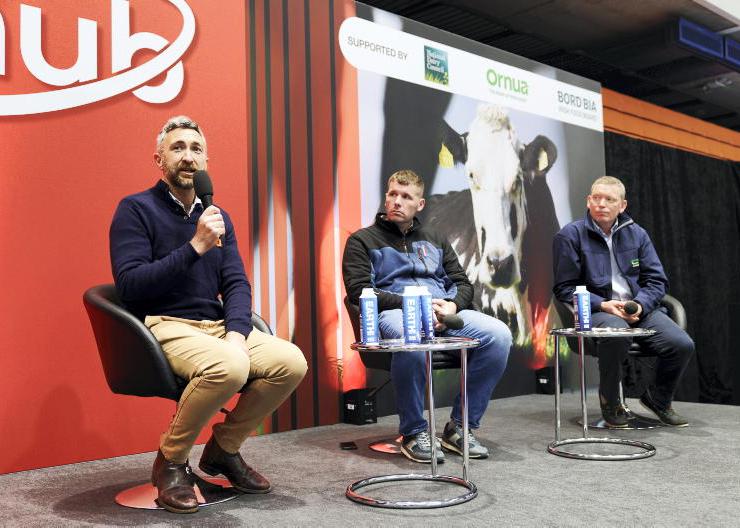

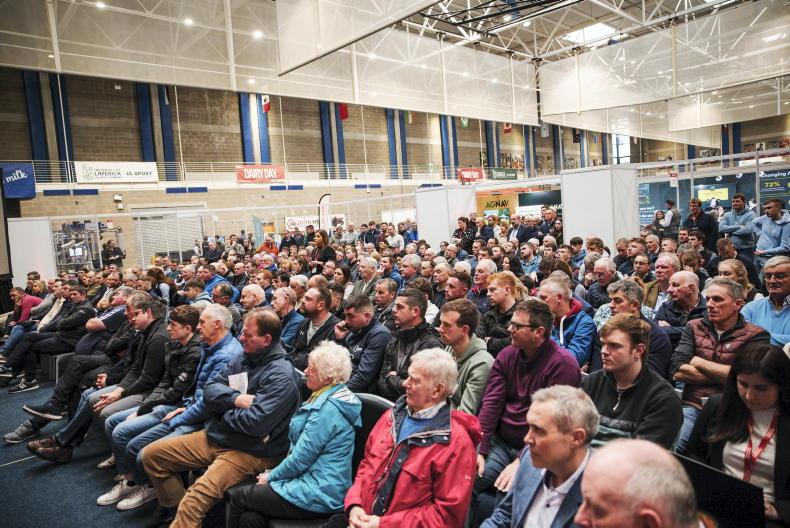
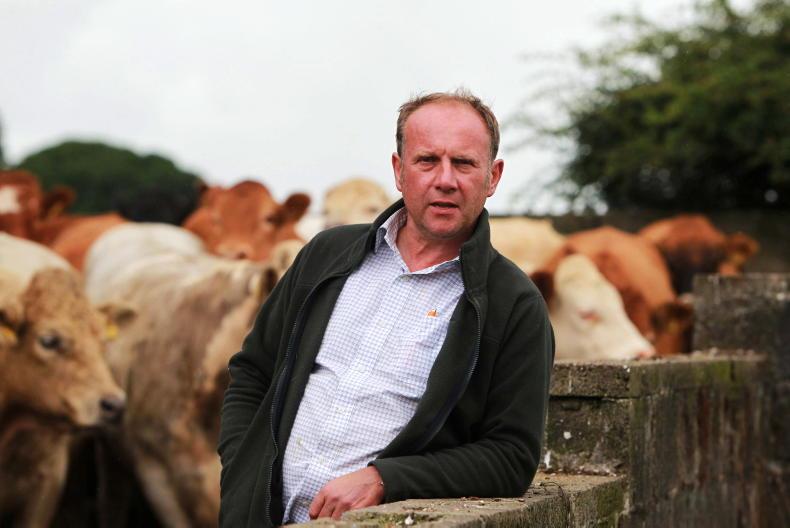
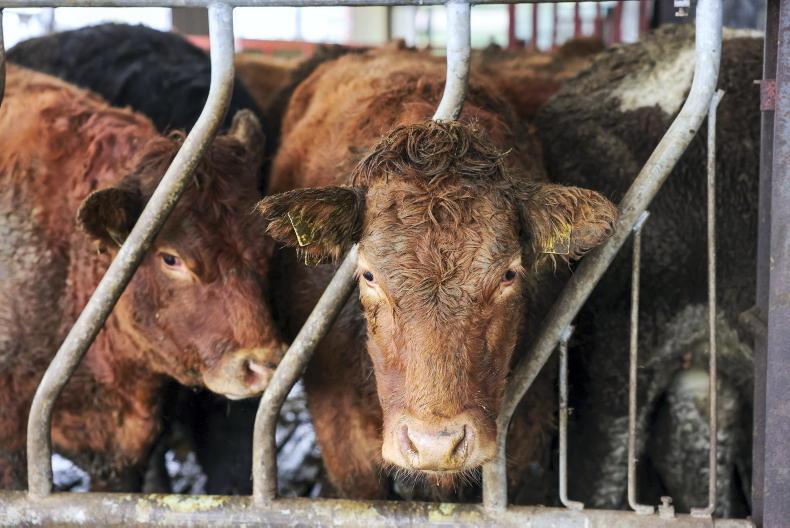
SHARING OPTIONS